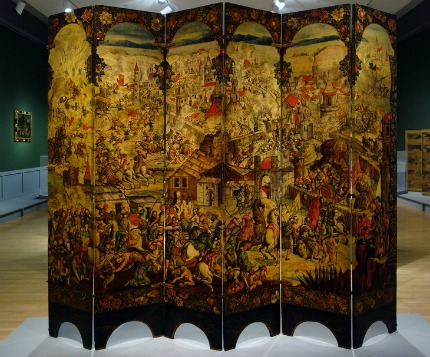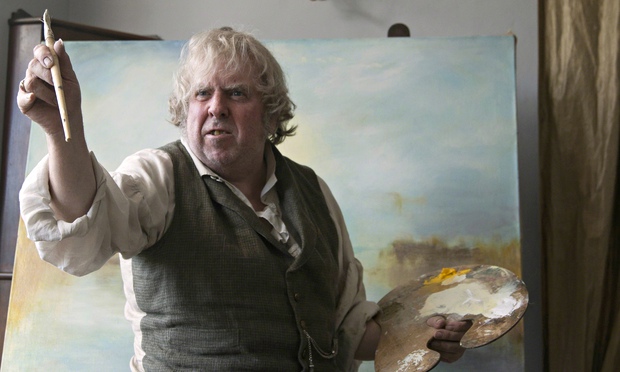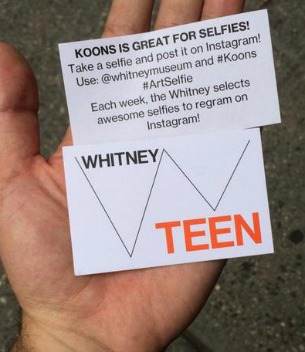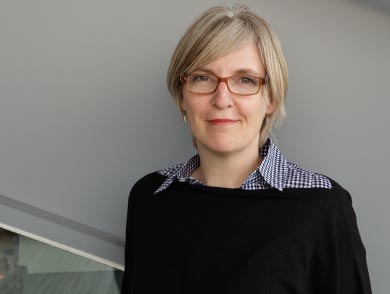Yes, I wrote another Masterpiece column for The Wall Street Journal, which published in Saturday’s paper, headlined Folding Culture and Politics Into Art. Can you guess what it is? I’ve already mentioned it here, in 2012.
 I was enamored of the object, a folding screen made in Mexico at the turn of the 18th century, from the first I heard of it, when it was acquired by the Brooklyn Museum.* And when I saw it last year in Behind Closed Doors: Art in the Spanish American Home, 1492–1898 there, I wasn’t disappointed. What’s more, the screen has a great backstory. So, Saturday’s piece.
I was enamored of the object, a folding screen made in Mexico at the turn of the 18th century, from the first I heard of it, when it was acquired by the Brooklyn Museum.* And when I saw it last year in Behind Closed Doors: Art in the Spanish American Home, 1492–1898 there, I wasn’t disappointed. What’s more, the screen has a great backstory. So, Saturday’s piece.
Here’s an excerpt:
…Stretching some 18 feet in length and 7 1/2 feet tall, this biombo enconchado blended Asian, European and American influences: It borrowed the traditional Japanese folding-screen form known asbyobu; bore images inspired by Dutch news prints and French and Italian tapestries; and was inlaid with concha, which means shell in Spanish, using a technique invented in Mexico by local artists.
Very rare, possibly unique, in its day, this multicultural hybrid—now split in half, alas—is the only surviving specimen of the genre…
 The backstory is very complicated, and I won’t attempt to summarize it here. It involves a splitting in two of the original screen, its “disappearance” for centuries, it resurfacing at auction years ago when only a Mexican dealer recognized it and got it for a steal, and the Brooklyn Museum’s digging to discover its true subject.
The backstory is very complicated, and I won’t attempt to summarize it here. It involves a splitting in two of the original screen, its “disappearance” for centuries, it resurfacing at auction years ago when only a Mexican dealer recognized it and got it for a steal, and the Brooklyn Museum’s digging to discover its true subject.
One comment on the WSJ website is on point. Â John Beauregard wrote:
Lovely story, tx.
The next logical step would be to (temporarily) reunite the two halves either in Brooklyn or in Tepotzotlán, or have them displayed successive in each city.
Good idea.
Photo Credits: Battle scene (top); hunt scene detail (bottom), Courtesy of the Brooklyn Museum
*I consult to a foundation that supports the Brooklyn Museum




